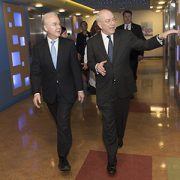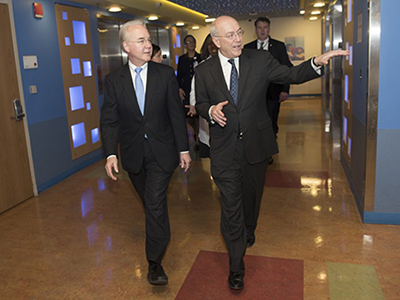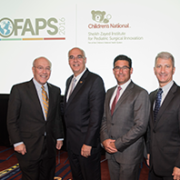Children’s National breaks ground on research and innovation hub
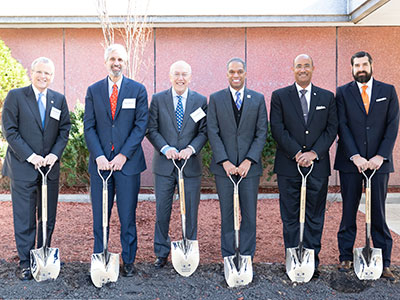
Pictured, from left to right: Mike Williams, board chair of Children’s National, Mark Batshaw, M.D., chief academic officer and physician-in-chief at Children’s National, Kurt Newman, M.D., president and CEO of Children’s National, Ward 4 Councilman Brandon Todd, Norvell Coots, M.D., president and CEO of Holy Cross Health, and Sarosh Olpadwala, director of real estate, Office of the Deputy Mayor for Planning and Economic Development.
On November 28, 2018, Children’s National Health System marked the official start of construction on its pediatric research and innovation campus with a groundbreaking event. The campus will be distinct nationally as a freestanding research and innovation complex focused on pediatric medicine.
“We had this vision to create a one-of-a-kind pediatric and research innovation campus, which is also a first for Washington, D.C.,” said Kurt Newman, M.D., president and CEO of Children’s National. “If we’re going to help children grow up stronger, then it’s not enough to just provide excellent medical care. We have to work on the research and innovation, which drives discoveries and improves the care for our next generation.”
Children’s National is renovating four existing buildings on a nearly 12-acre portion of the former Walter Reed Army Medical Center campus. This includes a research and innovation building, an outpatient care center, which will include comprehensive primary care services for the community and a conference theatre.
With 160,000 sq. ft. of research and innovation space – and room for expansion – Children’s National will be able to expand its efforts in the high-impact opportunities in pediatric genomic and precision medicine. Developing treatments that can target an individual’s disease more precisely can produce better outcomes with fewer side effects. This focus on personalized research will also improve access at the main hospital by freeing up space for the high-demand critical care services that Children’s National provides.
These efforts will be anchored by three areas of strength at Children’s National: the Center for Genetic Medicine Research, headed by Eric Vilain, M.D., Ph.D., the clinical molecular genetics laboratory directed by Meghan Delaney, DO, MPH, and the Rare Disease Institute headed by Marshall Summar, M.D.
A critical component of the new campus’ success is its proximity to key partners, such as industry, universities, academic medical centers, federal agencies and start-up companies. By working together with these partners, Children’s National hopes to create an ecosystem for nurturing innovation from laboratory discovery all the way through to commercialization.
The new pediatric research and innovation center will also provide an economic benefit of $150 million through its completion date of 2020, providing 350 temporary jobs and 110 permanent positions. The long-term growth, based on an independent study by McKinsey and Company, is exponential and could produce up to $6.2 billion in economic benefit by 2030, based on projected tax revenue and 2,100 permanent jobs, pending future research partnerships.
“Medical advances that effectively treat or prevent disease mean that our children will live fuller, more productive lives,” said Mike Williams, board chair of Children’s National. “That is real economic and societal benefit.”


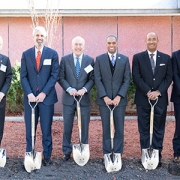
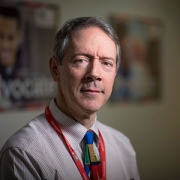


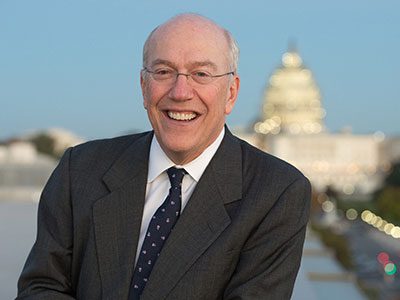
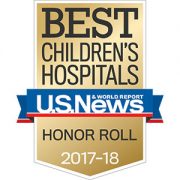
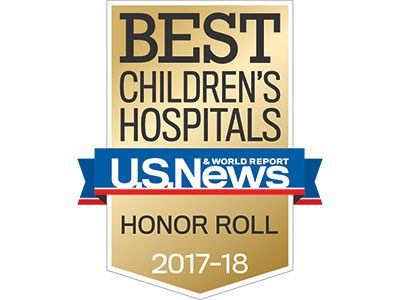 Children’s National is proud to be named #1 in
Children’s National is proud to be named #1 in 